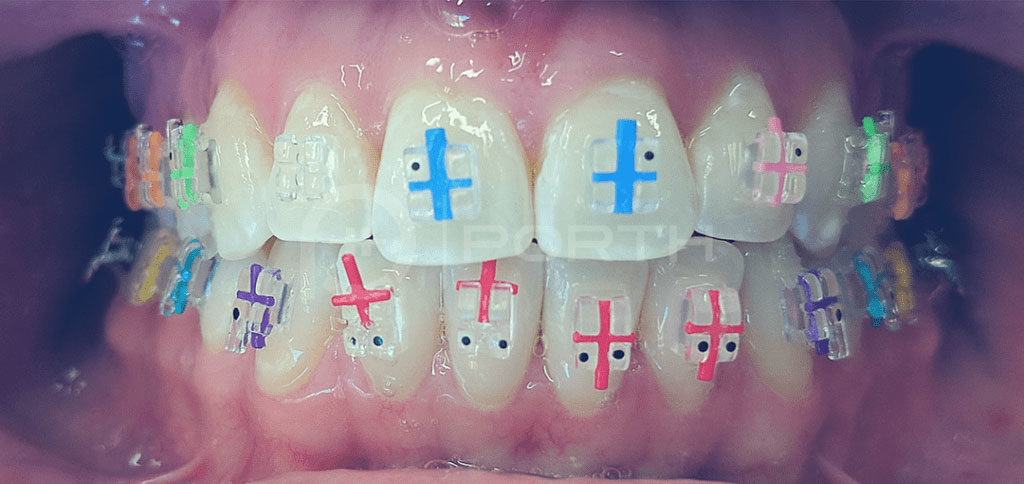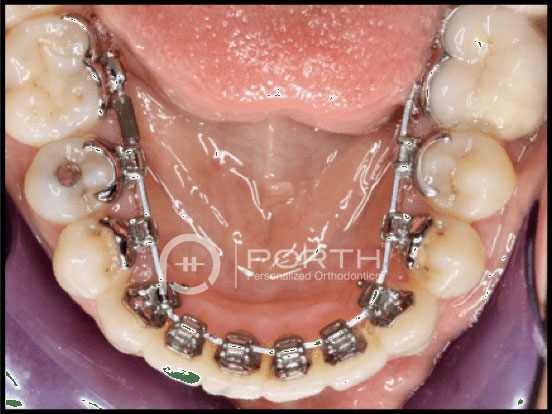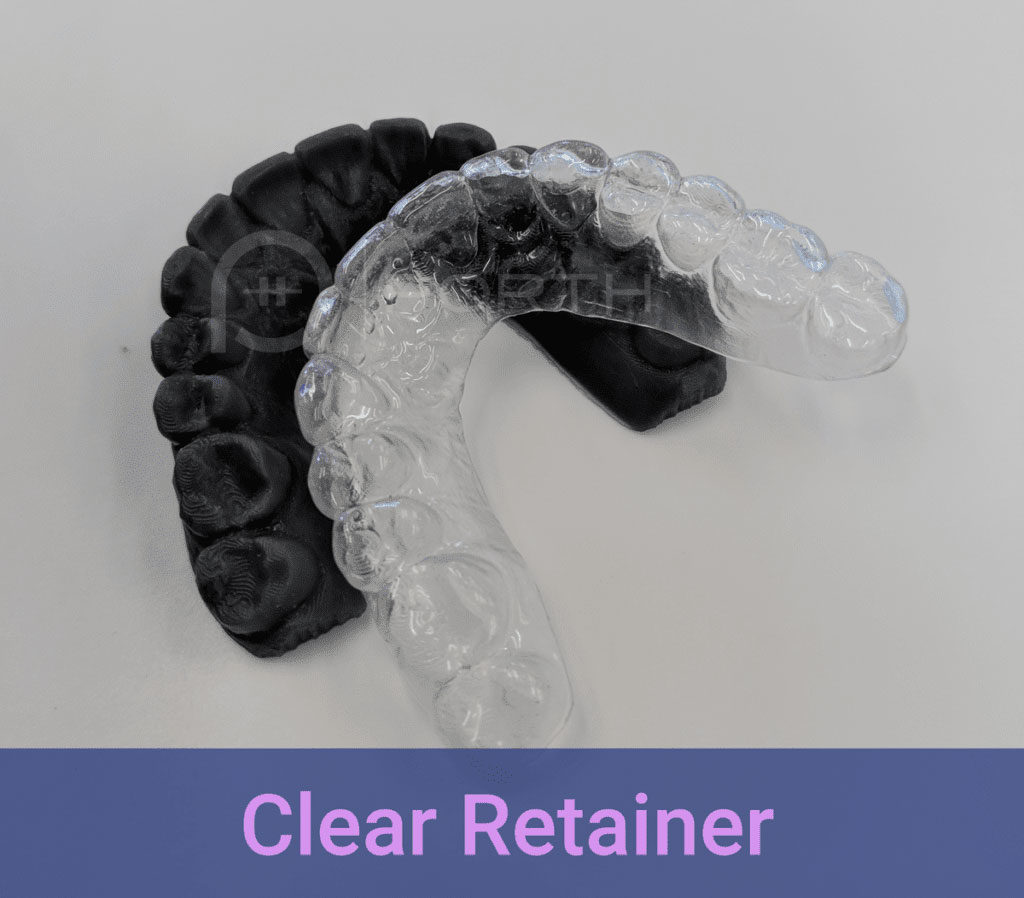Here are ten of the most myths about orthodontic treatment, orthodontists, braces, and Invisalign.
We hope to do some myth-busting and set the record straight with no misconceptions. (Who can resist a good ortho pun?!)
Myth #1. Orthodontic treatment are all about looks & esthetic.
This is one of the most common myths about orthodontic care. Orthodontic treatment has several benefits in addition to esthetics! Obviously, an improved facial structure and good teeth alignment are easy to notice. But when the teeth and jaw are aligned properly, it leads to improvement in their functioning as well. Orthodontic treatment promotes improvements in chewing, biting and speaking, better oral hygiene and even things like quality of life. A straight smile is an obvious sign of good oral health, and is a big part of your overall well-being.
From a research perspective, for those of you who crave evidence-based data, a recent systematic review of multiple studies suggests that orthodontic treatment improves quality of life. It is also repeatedly proven that orthodontic treatment increases self esteem. These are clear examples of the treatment benefits that far extend the look of a beautiful smile.
Myth #2. Orthodontic care is too expensive and it’s not for everybody.
Orthodontists are unique specialists that carefully customize your treatment plan and appliances required to fix orthodontic issues, therefore the cost of treatment reflects the complexity of each case. Many orthodontists offer free consultations to help you evaluate your issues and the treatment options. Most orthodontists also are willing to work with you and provide flexible payment plans, like we do at Porth.
The cost of treatment is typically divided into several payments stretched over the course of treatment with no interest. The cost of treatment and financial plans are discussed at your consultation to help you make an informed decision. Click here for more tips on how to choose the best orthodontist for you, making sure it is a good fit and that your financial concerns are addressed.
Myth #3. Anyone who provides braces or clear aligner therapy (like Invisalign) is an orthodontist.
General dentists can offer braces or Invisalign treatment. Dental schools teach orthodontics to the dentists. Similarly, there are companies that sell do-it-yourself aligners online. Nonetheless, only an orthodontist (who has done several years of advanced training) is truly an orthodontic specialist. Specialties can’t be thought through weekend courses. So, while general dentists and orthodontists have the same initial training, the difference lies in the expertise. Ask yourself this question: would you rather to have your family doctor fix your broken arm or see an orthopedic specialist?
Your answer probably confirms that advanced training and clinical expertise is crucial for such specific treatment needs.
Only orthodontic specialists can become members of the American Association of Orthodontics (AAO) and the American Board of Orthodontics (ABO). Allowing someone to move your teeth who isn’t a member of these, and had the training to do so, places your teeth and smile at risk for permanent damage. Don’t gamble with that smile! By seeking out an AAO- and ABO-certified orthodontist you are choosing someone who possesses the education, skills and experience to give you the treatment you need. You can look up Board Certified Orthodontist Locator to find ABO orthodontists in your area.
Myth #4. You don’t need to regularly see your orthodontist to get straight teeth.
It is critical that an orthodontist regularly monitors your teeth, gums, and jaw during treatment. Advances in remote monitoring are growing, but we have at least few more years to reach truly remote treatment. Even when you are seeing an orthodontist in person, with their tools in hand, it should be someone who you personally know and feel connected with. Stay tuned to learn more about this as a study through the UW on this topic. Dr. Rooz is involved in it and will be sharing findings soon!
Overseeing your progress is important to make sure that things are progressing as intended. All of your visits should be performed by an orthodontist, in case there is a problem or a need for treatment correction. Only orthodontists understand the complexity applying force to teeth to move them, and so only an orthodontist should do this.
Myth #5. Orthodontic treatment takes several years with multiple office visits.
The majority of orthodontic care should not take more than two years, provided that the patients are compliant with the instructions as well as consistent with their appointments. Some straightforward cases may only take several months, while more complex cases may take longer.
Orthodontists also offer devices and techniques that may accelerate the treatment time by 3 to 5 months of the total treatment time. Notably, despite the manufacturers’ claims, there are devices on the market that are proven to be ineffective. For example, numerous studies have clearly showed that vibrating devices do not have a positive effect on the rate of tooth movement.
Myth #6. Orthodontic treatment means braces, which are always visible.
Orthodontic care can be delivered by fixed or removable appliances. Because of their years of specialized training, orthodontists are experts in all of them and can provide you with the best option for your treatment goals, budget and timeline.
For fixed appliances – those attached to your teeth – in addition to the well-known metal braces, there are less visible options. For example, there are clear braces, which are great a choice for patients seeking less visible options.

Alternatively, there are lingual braces – also referred as “braces behind the teeth” – which are a truly invisible option. At PORTH, we give you greats tips on how to wear these. And no, it doesn’t hurt your tongue.

All these appliances have pros and cons. Your orthodontist should inform you about them and recommend several options for you to choose. The best appliance for you is the one that suits your needs and lifestyle. You can learn more about orthodontic treatment options here.
Myth #7. Orthodontic treatment is only for kids and teens.
Not true! Patients of any age can benefit from orthodontic treatment. Age 7 is the earliest recommended time for an early evaluation, which has many benefits. Read more about early orthodontic screening here. Adults often have more complicated cases, due to earlier dental work or other issues that come with age. This is why it is important to get the necessary treatment as early as possible from a qualified specialist. Check out this blog post on experiencing braces as a young adult here.
Myth #8. Braces are the only treatment for crooked teeth or alignment problems.
This is another false one! While traditional metal braces or fixed appliances may be the most common type of treatment, the alternative approach is clear aligners also known as Invisalign. Using plastic to move teeth is becoming one of the most popular orthodontic treatment options.
Clear aligners provide the benefits of braces and controlled teeth movement without a wire covering your teeth. Again, all of these appliances have pros and cons and clear aligner treatment is not the solution for everyone. The best appliance is the one that is realistic for your treatment needs and your lifestyle.
Ask your orthodontist about the available options and check out Invisalign and clear aligners we have to offer here at Porth.
Myth #9. Results from wearing braces are permanent.
The results from wearing braces and aligners are long-lasting, but you have to put in some effort to maintain them. Always follow the protocol provided by your orthodontist and wear your retainer! Some alignment issues may also be caused by natural remodeling of your jaw bones throughout your life. Read more about how to keep your smile straight after your treatment here.

I was fortunate to be trained by Dr. Bob Little; the master of orthodontic retention. I believe that the advances in technology have made it easier to help patients hold their smile in place. As part of my commitment to this my patients’ long-term success, I established the Porth Lifetime retainer package to help our patients protect their investment in their new smile.
Myth # 10: Unremoved wisdom teeth cause alignment issues.
This is what you came here to know, and no – there is no evidence to support this notion. There are problems that are associated with wisdom teeth but they don’t necessarily cause you to need braces.
It is intuitive to assume that the eruption of wisdom teeth creates crowding in the front teeth. Scientific studies, including one at the UW, debunk this notion. In brief, the researchers looked at four groups of patients: (i) with not removed erupted wisdom teeth (in other words, those that had grown into the mouth but not been removed), (ii) with not removed impacted wisdom teeth (those that were still under the gum line), (iii) with removed wisdom teeth, (iv) with missing wisdom teeth (some people never get them!). The findings suggested no difference among these four groups. However, it is reasonable to remove wisdom teeth that are growing into a crowded set of teeth to avoid any pain associated with that. Please note that removal of wisdom teeth has a low risk of developing problems with jaw joints.
Disclaimer: This blog post providers information and merely reflects Dr. Rooz Khosravi’s expert opinion. You should consult with a dentist or an orthodontist prior to following any advice suggested here.
All the contents of this blog is intellectual property that is owned, copyrighted and reserved by or to Porth (personalized orthodontics). This content is protected under copyright or trademark laws based on the Digital Millennium Copyright Act. Reproducing, duplicating, copying, or otherwise exploiting any of the contents of this blog without the permission of Porth is strictly prohibited.
